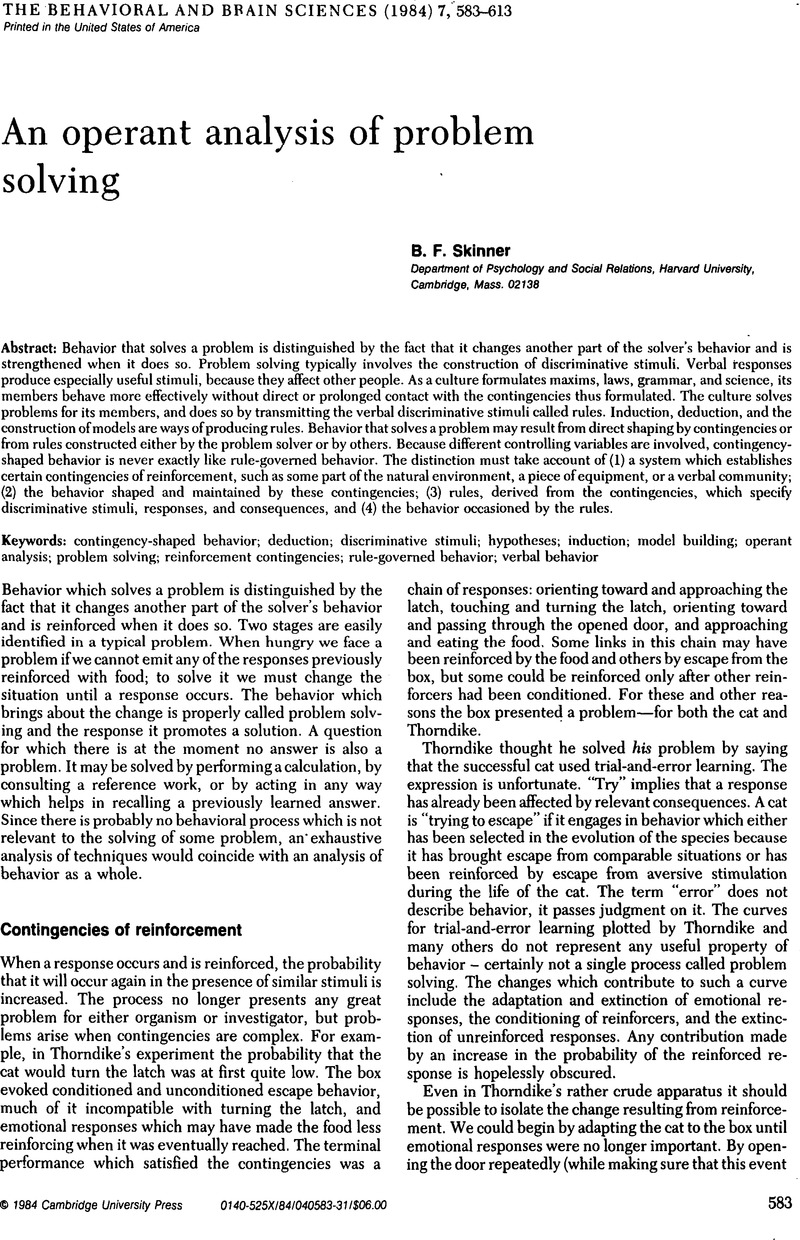Grossberg, S. (
1983b) Some psychophysiological and pharmacological correlates of a developmental, cognitive, and motivational theory. In:
Brain and information: Event related potentials, ed.
Karrer, R.,
Cohen, J. &
Tueting, P..
New York Academy of Sciences. [SG]
Google Scholar 